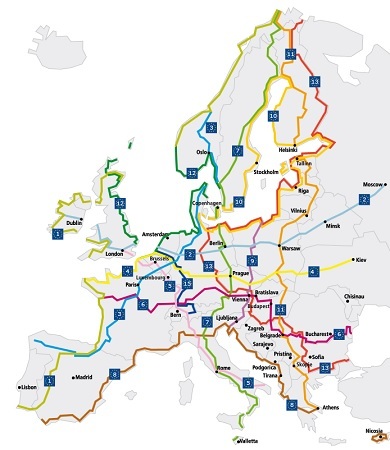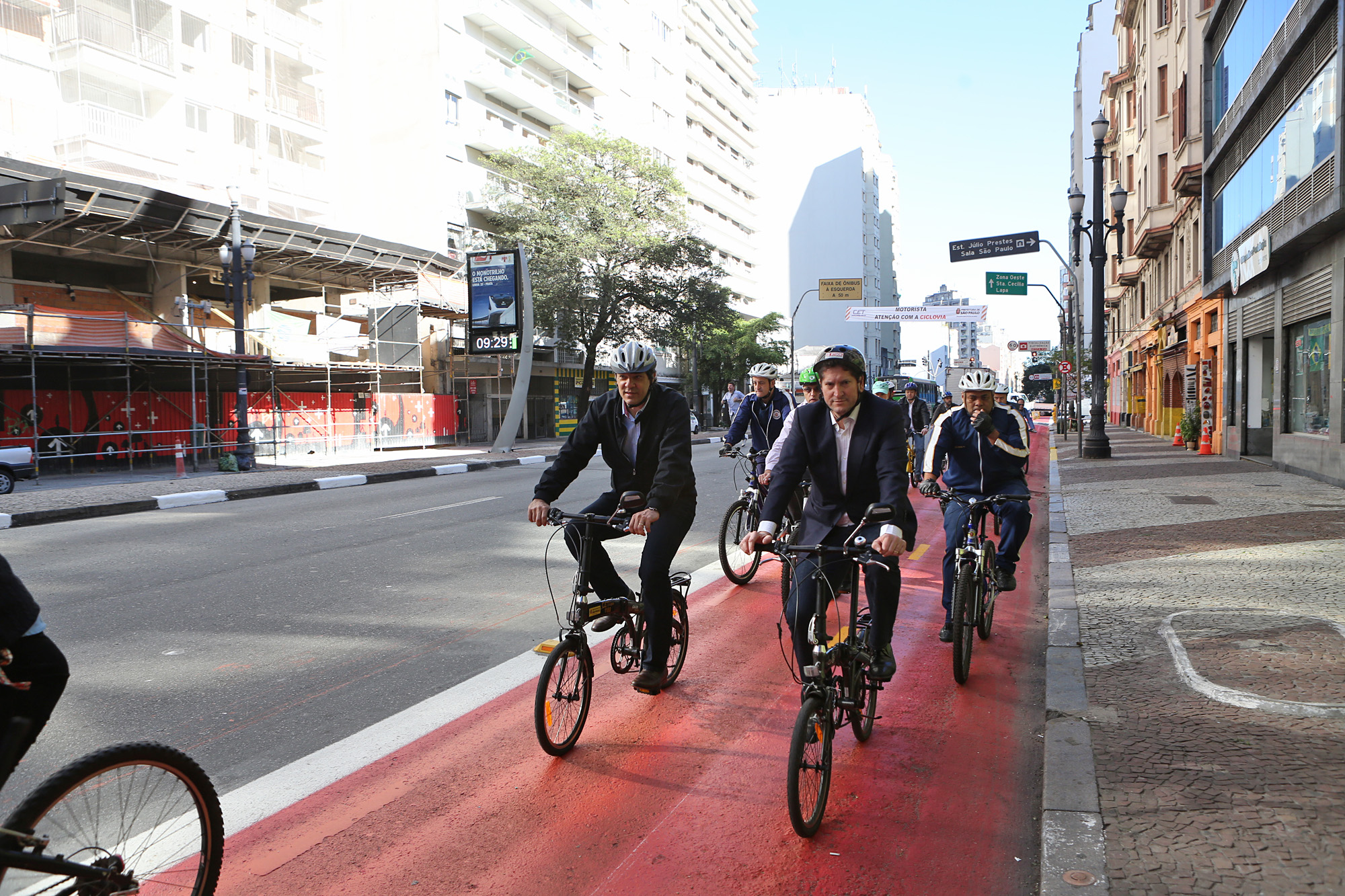 During the last class watched a video showing proximity of
examples of human beings with nature and how it was introduced into communities
through urban planning programs.
During the last class watched a video showing proximity of
examples of human beings with nature and how it was introduced into communities
through urban planning programs.
In this world where everything revolves around speed, money
and hostility with nature, we can see how everything is going down the way it
happens.
In this concrete jungle we live in where the trees give
places to concrete, the rivers to the sewer, the birds to planes, we can see
how far we are from nature and we move away more and more, and we need to
return to the contact with nature to try to restore our cities in a way that
the city is again for people with nature, becoming one.
Love of nature is the definition of Biophilic, a term
popularized in a book by Edward Osborne Wilson, Harvard researcher, published
in 1984. In it he argues that human beings have a natural tendency to connect
to other living beings.
The main characteristics of a biophilic city are: wealth of
nature next to urban areas. Residents feel a deep affinity with the fauna and
flora of the region. They recognize local species of trees, flowers, insects
and birds and take care of them. Many outdoor activities options such as
hiking, climbing and biking; multisensory environments that offer sounds of
nature and various visual experiences. Several opportunities for teaching and
learning about nature and biodiversity, including volunteer projects;
Investment in social and physical infrastructure that promotes the city's
connection with nature through natural history museums, outdoor community
centers, school projects of contact with nature, walking in parks, coexistence
programs and more and awareness of the global impact of the use of nature's
resources.
 A mega bike path with 70,000 km extension will be built in Europe by 2020. "EuroVelo" will connect 43 countries in a total of 14 routes of different sizes. It can be used both by tourists traveling long as by local people on the day shift.
A mega bike path with 70,000 km extension will be built in Europe by 2020. "EuroVelo" will connect 43 countries in a total of 14 routes of different sizes. It can be used both by tourists traveling long as by local people on the day shift.



